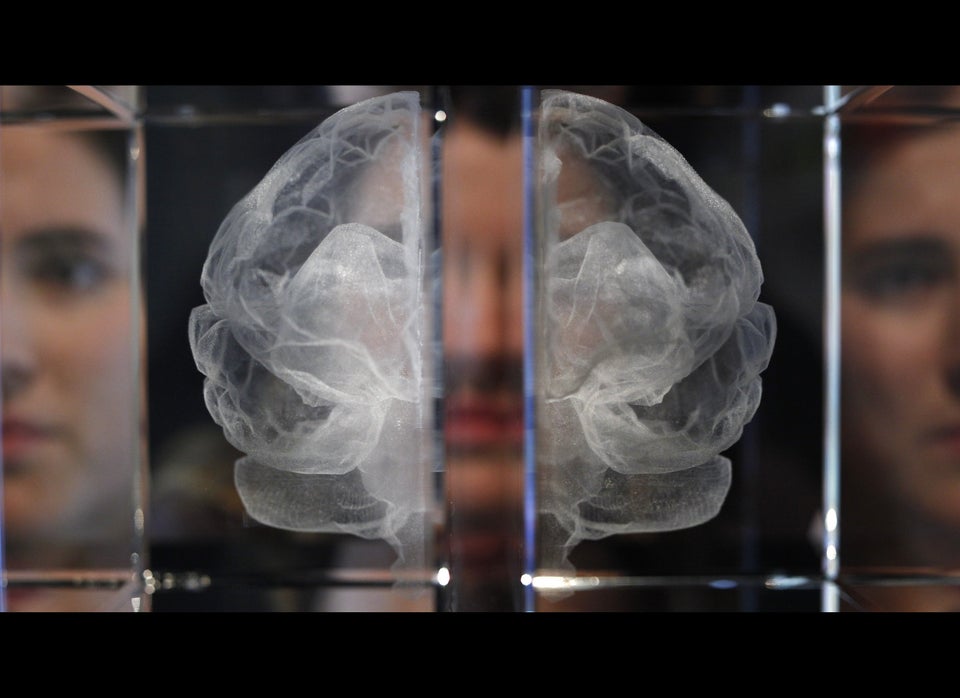
Scientists and art experts have teamed up to help solve a longstanding debate about Picasso's methods and materials.
The team, nicknamed "Picasso CSI," developed a special, high-energy X-ray nanoprobe for the project, according to an Argonne National Laboratory press release.
"The nanoprobe is designed to advance the development of high-performance materials and sustainable energies by giving scientists a close-up view of the type and arrangement of chemical elements in material," the release reads, in part.
The collaboration used experts from both the Art Institute of Chicago and Argonne National Laboratory. Its results were published last month in the journal Applied Physics A: Materials Science & Processing.
The X-ray was used to analyze tiny samples of Picasso's paint, down to the scale of 30 nanometers, according to LiveScience. For comparison, the site wrote that a sheet of copier paper is 100,000 nanometers thick. Analysis of his 1931 painting, "The Red Armchair," showed that the legendary cubist painter was one of the earliest artists to use the first commercial house paint made by the Ripolin company.
Story continues below.

Picasso's "The Red Armchair," 1931.
PopSci notes that, while paint types may seem like a small detail, Picasso's transition from oil to house paint was potentially groundbreaking within the art world. The change in medium also signifies a shift in the painter's style, as works created with house paint tend to feature a smooth surface without visible brushstrokes.
"That switch in painting material gave birth to a new style of art marked by canvasses covered in glossy images with marbling, muted edges, and occasional errant paint drips, but devoid of brush marks," according to the Argonne National Laboratory press release. "Fast-drying enamel house paint enabled this dramatic departure from the slow-drying, heavily blended oil paintings that dominated the art world up until Picasso’s time.
The team had been working on identifying Picasso's preferred type of paint from the summer of 2010 to the summer of 2011, according to Argonne National Laboratory.
But the idea for the project began even earlier, in 2006. According to the Chicago Tribune, Art Institute administrators asked the museum's department of conservation science to solve once and for all the mystery of Picasso's paint.
The results have brought together "two historically distant worlds of cultural heritage experts and scientists," according to The Tribune.
